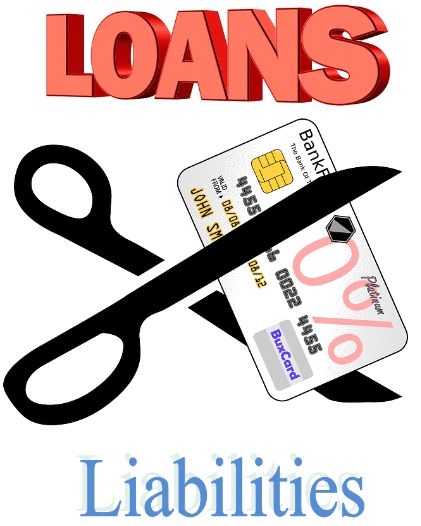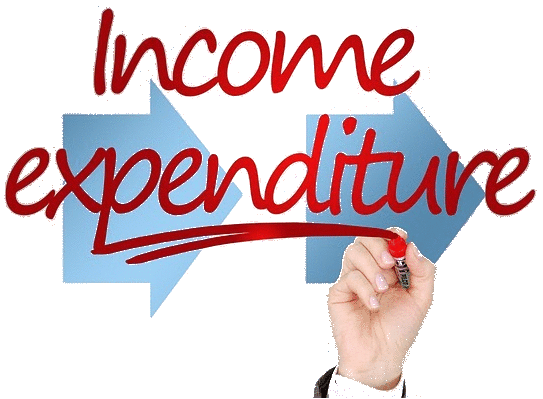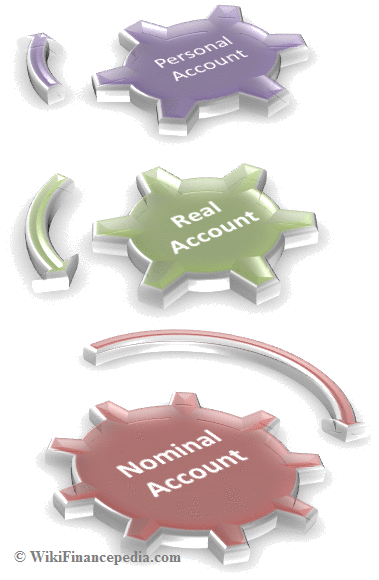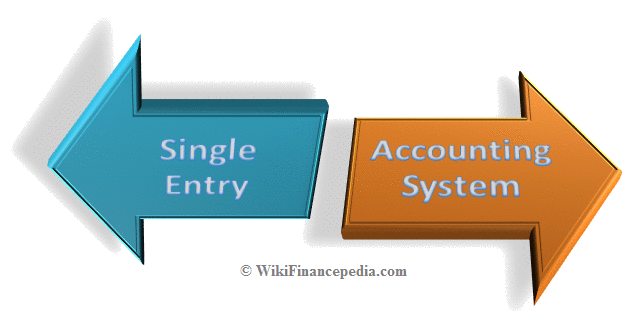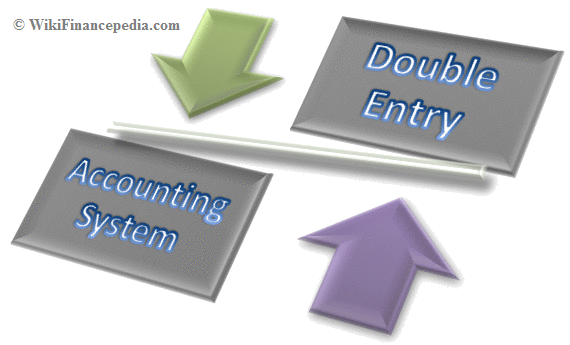Liability Definition:
A legal agreement that arises in-front of an organization or a business or an individual to settle a debt is termed as liability. Or any sort of loans from persons or banks for enhancing a business or individual salary that is payable amid short or long duration is known as a liability. These Liabilities are settled after some time through the exchange of economic benefits like goods, cash or services.
For instance: Suppose Maria is driving a car and Jenny’s bike was hit accidentally by Maria. Under such circumstances, Maria is legally liable for damages. Maria is responsible to settle any damages or harm to either Jenny or Jenny’s bike.
Some of the examples of liabilities are Income Taxes Payable, Lawsuits Payable, Notes Payable, Accounts Payable, Customer Deposits, Salaries Payable, Wages Payable, Interest Payable, Other Accrued, Unearned Revenues, Expenses Payable, Warranty Liability, Bonds Payable, Pensions Payable, etc.
On balance sheet of an individual or organisation, Liabilities are broadly classified into two categories – Liabilities and Current Liabilities. Liabilities are obligations payable over the years whereas current liabilities are obligations payable within a year. Liabilities are part of the bookkeeping accounting equation which is Assets = Liabilities + owner’s Equity. Liabilities are frequently seen as claims on an organization’s balance sheets.
Current Liabilities Definition:
On Balance sheet, a current liability is an obligation to repay amount within current accounting year of an individual or an organization. Businesses may utilize current assets for repayment or will create other current liabilities in case if operational cycle is greater than a year. Current liabilities are commitments due within operational cycle.
Term “Creditors” is referred to those who owed current liabilities. “Secured Creditors” are those who lien on company assets where as “Unsecured Creditors” are those who does not lien on company assets. Working capital of the company is calculated based on the amount of current liabilities. Formula for working capital is equal to current assets – current liabilities.
Example of current liabilities include: Accounts payable, income or finance taxes payable, interest payable, short-term borrowing or loans or other accrued expenses.
Account Payable has a specified duration for payment. Sometimes it is payable within 30 days or 60 days or 90 days of period. The laws with respect to claims and late payments for unpaid dues are identified as errors in account payable. For instance, Company has purchased goods and services for business operations which need to be repaid before 30 days. Company settle account payable after 30 days with late payment charges. On balance sheet, amount listed is the vendor bill represents purchase of goods and services which does not include late payment charges. Therefore late payment charges are undisclosed in balance sheet which is an error in account payable. Lawsuits with respect to account payable need to be shown in financial statements however this is not a normal bookkeeping practice.
Read E-Learning Tutorial Courses - 100% Free for All
Basics of Accounting for Beginners
- Chapter 1: What is Accounting with Examples
- Chapter 2: Objectives of Accounting
- Chapter 3: Types of Accounts
- Chapter 4: Branches of Accounting
- Chapter 5: Accounting Process
- Chapter 6: What is Assets and Current Assets?
- Currently Reading: What is Liability and Current Liabilities?
- Chapter 8: What is Revenue and Expenses?
- Chapter 9: What is a Single Entry System?
- Chapter 10: What is Double Entry System?
- Chapter 11: What are Journal Entries? Format and Examples
- Chapter 12: What Is a General Ledger? Format with Example
- Chapter 13: What is a Trial Balance? Examples and Limitations
- Chapter 14: What is a Profit and Loss Statement or Income Statement?
- Chapter 15: What is a Balance Sheet? Definition, Format and Examples
- Chapter 16: What is Managerial Accounting? Role, Job and Objectives
- Chapter 17: Accounting Quiz – Basics of Accounting for Beginners Module

